Scientists at Durham University are helping to develop a new type of camera intended to help search for life on distant planets.
Researchers there are part of a UK team designing a high-resolution imaging camera to be used on Nasa’s Habitable…
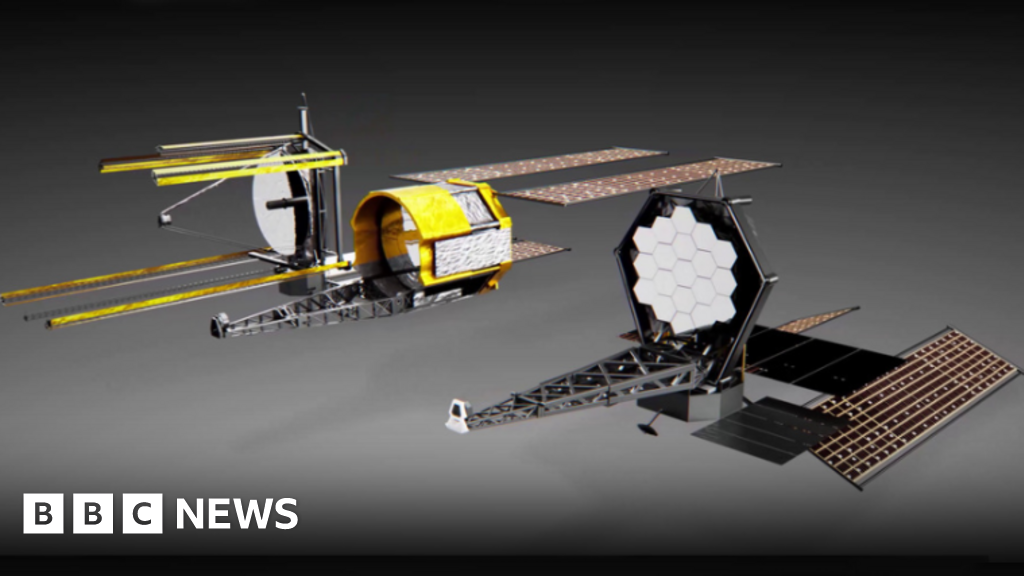
Scientists at Durham University are helping to develop a new type of camera intended to help search for life on distant planets.
Researchers there are part of a UK team designing a high-resolution imaging camera to be used on Nasa’s Habitable…
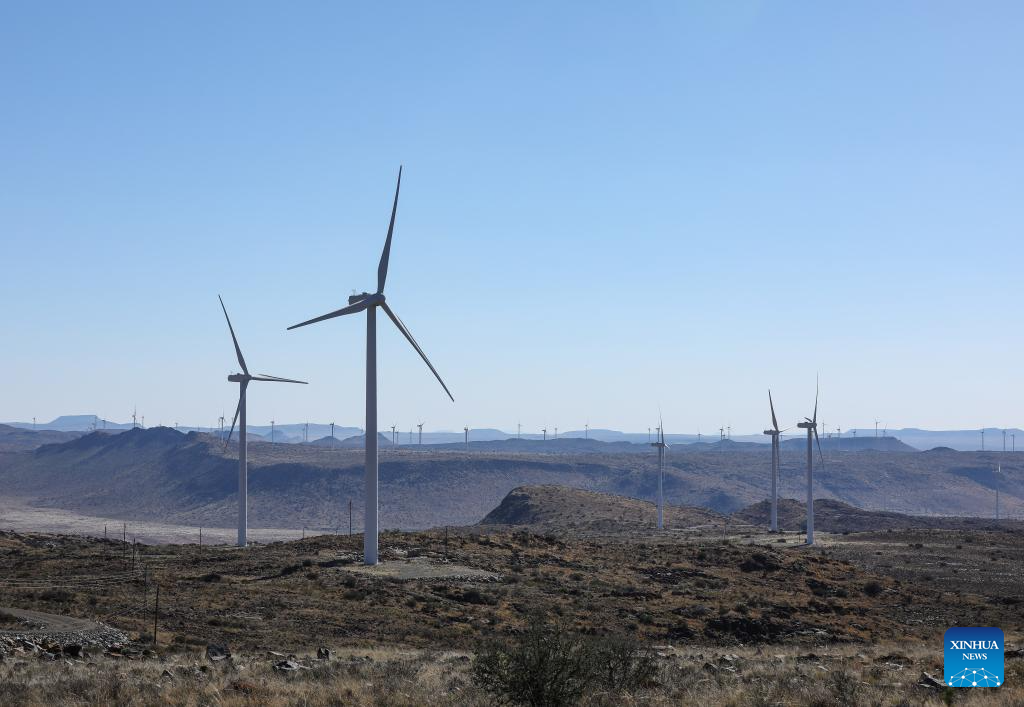
This photo taken on Oct. 22, 2025 shows wind turbines of De Aar Wind Power Project in De Aar, Northern Cape, South Africa.(Xinhua/Han Xu)
by Xinhua writer Wang Lei
CAPE TOWN, Nov. 9 (Xinhua) — On a breezy afternoon across the arid plains of South Africa’s Northern Cape Province, 31-year-old Xolani Taute stood beneath a towering white wind turbine, its blades slicing through the blue sky above the small town of De Aar.
Once an unemployed electrician with little prospect of further study or steady work, he is now a trainee wind turbine technician — a testament to how renewable energy is transforming local lives.
“Longyuan has changed my life in many ways,” Taute told Xinhua, his eyes lit up with excitement. “I am very proud of what Longyuan has done here in De Aar.”
Four years ago, Taute was struggling to find work until he learned that Longyuan South Africa Renewables Ltd. (Longyuan SA), a wholly owned subsidiary of China Energy Investment Group’s (CHN Energy) Longyuan Power Group Corporation Ltd., was recruiting for its De Aar Wind Power Project. He applied and, to his surprise, was offered not just a job but a future.
Longyuan SA sponsored his training at a technical college in Cape Town. He later received hands-on training at the De Aar wind farm before joining the company in 2023 as a wind turbine technician trainee.
“They paid for my college and my accommodation, transport fee, food fee, everything,” Taute recalled.
For him, the greatest benefit to local youth like him was not simply employment but the opportunity to learn and master new technology. “By teaching people, you are giving them that skill for renewable energy,” he said. “It is like an advantage for them so that in the future they can get jobs.”
Completed in 2017, the De Aar Wind Power Project stands as a flagship example of China-South Africa cooperation under the Belt and Road Initiative.
With an investment of about 2.5 billion RMB (about 352 million U.S. dollars) and a total installed capacity of 244.5 megawatts, it is the first wind project in Africa developed, built and operated by a Chinese power company, emerging as the largest operational wind farm in South Africa. Its 163 turbines generate roughly 770 million kilowatt-hours of clean electricity each year, powering some 300,000 South African homes and easing the country’s power shortages.
Beyond delivering green energy, Longyuan SA has focused on “teaching people to fish” — nurturing local talent, improving livelihoods and stimulating regional growth.
So far, the project has trained over 110 young technicians, with more than 80 percent of its workforce now composed of local employees, many of whom hold key operational and management positions. “Now I am able to support my family, and my sisters and my brothers,” said Taute. “They changed my life.”
Thabiso Moleko, a deployment counselor with the De Aar Department of Employment and Labor, said that the wind power project has fostered skills development among local people.
“People now are having these skills,” Moleko said. “They are not only going to use them within their company but also with other companies. That means more job creation in the future, and poverty is decreasing, leading to greater economic growth in South Africa, not only in the Northern Cape but across the country as well.”
Longyuan SA also runs a scholarship program worth about 4.5 million rand (about 263,200 U.S. dollars) annually to help students from humble backgrounds pursue their education. So far, 390 students have benefited, including 30-year-old Daswin Basson, now a senior maintenance technician at the De Aar Project.
“It gave me the opportunity to build my career and make something of my life when I had no financial means to do so,” Basson said. “I hope that I can continue with that work and can continue to give young people the opportunity to grow and succeed.”
During their lunch break, Taute and Basson came to a nearby sports field — once a barren patch of dirt, now a vibrant community hub restored with funding from Longyuan SA.
“We say that ‘a child in sport is a child out of court,’ and thus it is contributing to that. Our crime has dropped, and most of our youth are enjoying this facility,” said Ronald Faul, De Aar sports facilities supervisor.
In a town with limited medical facilities, residents often spot a white mobile clinic bus making its rounds, which is another initiative by Longyuan SA.
Equipped with dental and eye-care units, the bus provides free medical services to around 9,000 residents each year and has served more than 50,000 people since its launch in 2020. Nkulukelo Mazibuko, a 29-year-old optometrist on board, said the clinic is a lifeline for many.
“Some people, especially the old people, cannot walk to the clinic. They don’t have money to go to the hospital either. When we come here, we provide service near them and it is free,” he said.
The company’s social responsibility programs also include sponsoring local old-age homes to ensure food and care for impoverished elders, building and operating early childhood centers to provide free education for hundreds of children from low-income and special-needs families, and investing millions of rand to repair the town’s water infrastructure, replacing aging pipes and cleaning reservoirs to secure safe drinking water for more than 2,000 residents.
“De Aar has really, really, really benefited so much,” said Moleko. “In the future, as a resident of the Northern Cape myself, we are really hoping to work hand in hand with the company, and we really want to see a big collaboration, want to see people working, want to see a better De Aar, want to see a better South Africa.” ■
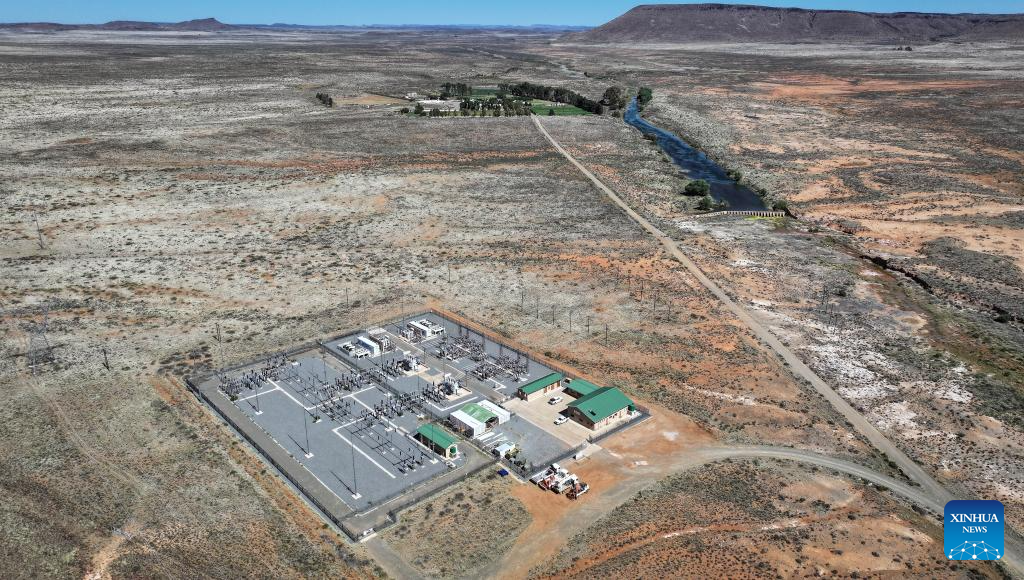
An aerial drone photo taken on Oct. 22, 2025 shows a substation of De Aar Wind Power Project in De Aar, Northern Cape, South Africa. (Xinhua/Han Xu)

Thabiso Moleko, a deployment counselor with the De Aar Department of Employment and Labor, speaks during an interview with Xinhua in De Aar, Northern Cape, South Africa, Oct. 23, 2025. (Xinhua/Han Xu)
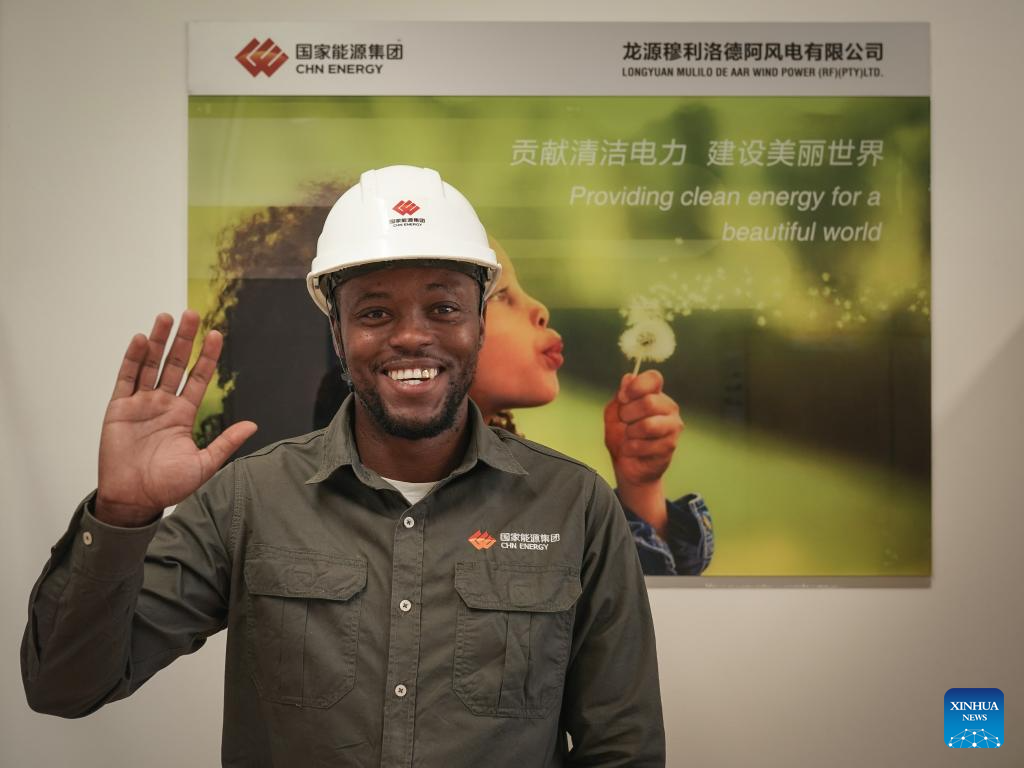
Daswin Basson poses for a photo at a substation of De Aar Wind Power Project in De Aar, Northern Cape, South Africa, Oct. 22, 2025.(Xinhua/Han Xu)
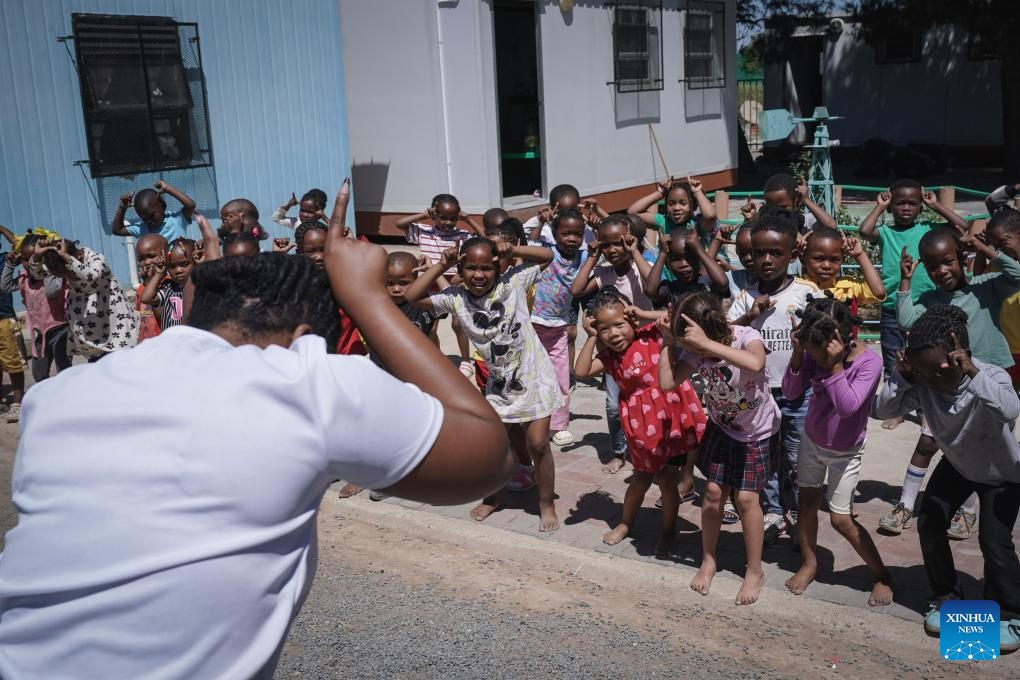
A teacher interacts with children at an early childhood education center operated by Longyuan South Africa Renewables Ltd. in De Aar, Northern Cape, South Africa, Oct. 22, 2025.(Xinhua/Han Xu)
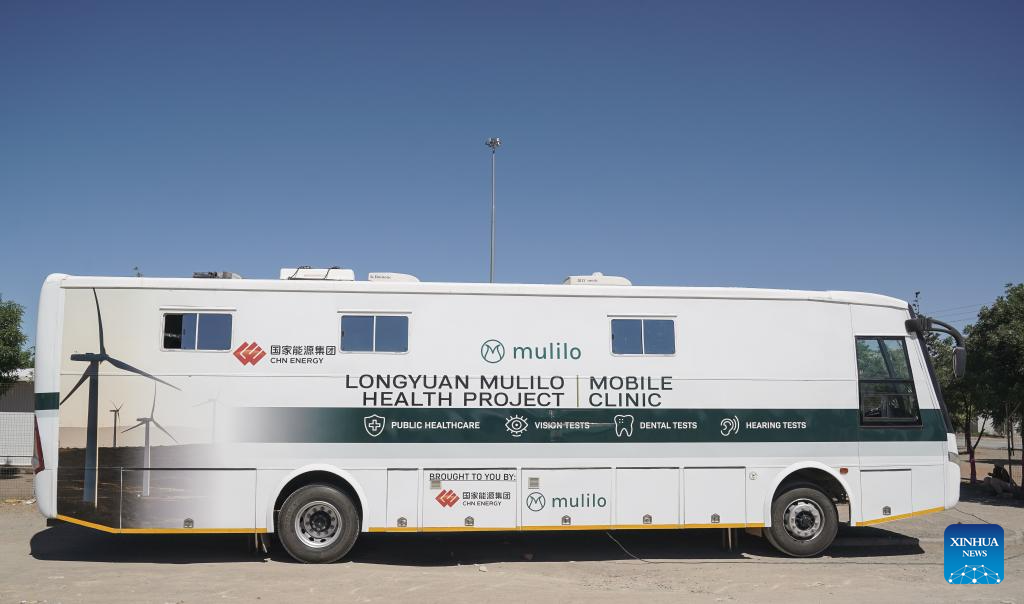
This photo taken on Oct. 22, 2025 shows a mobile clinic bus purchased by Longyuan South Africa Renewables Ltd. in De Aar, Northern Cape, South Africa.(Xinhua/Han Xu)

PagerDuty (PD) shares edged up around 2% today, catching some attention among software investors. While there was no major news announcement, the stock’s modest bump stands out, especially given its recent underperformance this year.
See our latest analysis for PagerDuty.
PagerDuty’s 2% share price lift today brings a small but welcome uptick, considering its 2024 performance has been disappointing, with a year-to-date share price decline of nearly 14% and a 12-month total shareholder return loss of over 22%. While that hints at momentum still struggling to recover, the latest move may reflect shifting sentiment or a growing sense that the risk/reward balance is starting to look more attractive in light of recent results and sector dynamics.
If PagerDuty’s momentum has you rethinking your strategy, it could be the right moment to broaden your perspective and uncover fast growing stocks with high insider ownership
But with shares trading at a notable discount to analyst targets and recent earnings growth outpacing revenue, is PagerDuty now undervalued or is the market already factoring in any turnaround? Could this be an overlooked buying opportunity?
The most popular narrative sees PagerDuty’s fair value at just above $19, compared to a last close of $15.49. This suggests the consensus believes the market is still missing some upside. With the current price notably below projected value, investors are left to weigh whether improving earnings prospects will be realized.
The rapid growth in usage and complexity of digital infrastructure, especially within AI-native and large enterprise customers, along with record platform utilization (over 25% year-over-year growth), points to rising demand for PagerDuty’s core incident management and automation offerings. These trends can drive strong future recurring revenue as digital transformation accelerates globally.
Read the complete narrative.
Want to see why analysts are backing this higher valuation? The secret is a bold earnings turnaround, surging adoption, and a powerful margin shift that underpin the entire narrative. What are the underlying assumptions shaping this outlook? Dig into the details to uncover the full story driving this ambitious price target.
Result: Fair Value of $19.14 (UNDERVALUED)
Have a read of the narrative in full and understand what’s behind the forecasts.
However, unexpected customer downgrades or rising competition could quickly weaken the case for a sustained rebound in PagerDuty’s share price.
Find out about the key risks to this PagerDuty narrative.
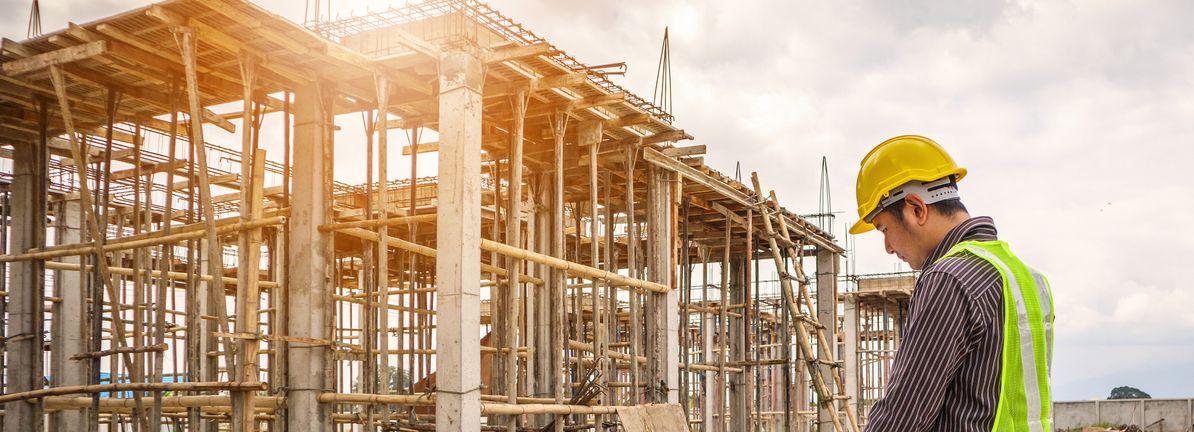
Brookfield Business Partners (NYSE:BBU) stock’s movement over the past month has caught the attention of investors, with shares gaining roughly 26% in the past 3 months despite some recent volatility. Many are weighing the company’s long-term prospects in comparison with shorter-term trends.
See our latest analysis for Brookfield Business Partners.
Brookfield Business Partners has delivered a strong 31% year-to-date share price return. However, recent bouts of volatility brought a sharp pullback this past week. Even with these short-term swings, the company’s one-year total shareholder return of 25% shows momentum is still on its side and suggests confidence in its long-term strategy is building.
If recent market action has sparked your curiosity, now is a great time to broaden your scope and discover fast growing stocks with high insider ownership
With shares trading around $31, about 22% below the average analyst price target, investors must now decide whether Brookfield Business Partners represents an undervalued opportunity or if the market has already priced in future growth expectations.
Brookfield Business Partners is trading at a price-to-sales ratio of only 0.2x, significantly lower than both its closest peers and broader industry benchmarks. With the share price at $31.04, investors are paying less per dollar of revenue than is typical for this sector.
The price-to-sales (P/S) ratio indicates how much investors are willing to pay for each dollar of a company’s sales. For capital goods and industrial businesses, this metric is valuable because it sidesteps profitability issues and focuses on the company’s core revenues, a fundamental driver in industries with fluctuating earnings or in turnarounds.
This deeply discounted multiple suggests that the market is skeptical about Brookfield Business Partners’ ability to convert sales into sustainable profitability, especially since the company is currently unprofitable. However, it also hints at a potential opportunity if the business can execute a turnaround or improve margin performance.
Compared to the global Industrials average of 0.8x and peer group average of 1.2x, Brookfield Business Partners’ P/S ratio stands out as particularly low. This level marks a material discount, which could narrow if the company demonstrates more consistent results or sector sentiment shifts.
See what the numbers say about this price — find out in our valuation breakdown.
Result: Price-to-Sales of 0.2x (UNDERVALUED)
However, persistent unprofitability and ongoing market skepticism could continue to weigh on the stock. This may limit its upside even if revenues remain strong.

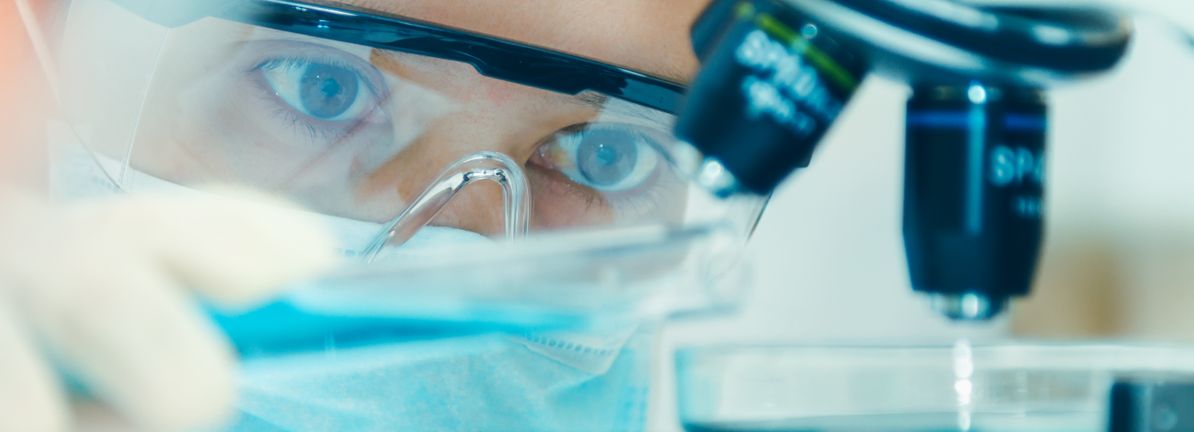
Janux Therapeutics reported its third-quarter 2025 results, posting a net loss of US$24.31 million, an improvement from US$28.06 million a year earlier, while its nine-month net loss grew year-over-year to US$81.68 million.
Despite continued losses, major analysts reaffirmed positive outlooks after the announcement, signaling ongoing confidence in Janux Therapeutics’ future potential.
We’ll explore how analyst confidence in the face of widening year-to-date losses shapes the investment narrative for Janux Therapeutics.
Rare earth metals are an input to most high-tech devices, military and defence systems and electric vehicles. The global race is on to secure supply of these critical minerals. Beat the pack to uncover the 35 best rare earth metal stocks of the very few that mine this essential strategic resource.
Investors considering Janux Therapeutics right now need to believe in the potential for breakthrough innovation in biotechnology, even as the company continues to post sizable net losses and a long path to profitability. The latest quarterly results showed a slightly narrower net loss for the third quarter, but year-to-date losses grew compared to last year, highlighting ongoing spending behind early-stage clinical programs and new product platforms. Despite these financial numbers, leading analysts reiterated positive ratings and substantially higher price targets, which suggests no material shift in sentiment or short-term catalysts as a result of the news. Key events to watch remain progress in clinical trials, any changes in partnership momentum, and the company’s capacity to manage its cash runway as losses accumulate. On the risk side, management turnover and the absence of a clear profitability timeline remain front of mind, especially given the ongoing increase in losses. Yet, the scale of those financial risks is something every shareholder should keep front of mind.
Our valuation report here indicates Janux Therapeutics may be overvalued.
Three retail investors in the Simply Wall St Community provided fair value estimates for Janux ranging from US$48 to US$150 per share. With this broad spectrum of viewpoints, it’s clear that perspectives on Janux’s value are widely split. As you weigh these estimates, remember that clinical progress and the ability to control ongoing losses could make a decisive difference for the company’s future.
Explore 3 other fair value estimates on Janux Therapeutics – why the stock might be worth over 5x more than the current price!

Sana Biotechnology (SANA) caught investor attention after unveiling a focused strategy that prioritizes its SC451 type 1 diabetes and SG293 in vivo CAR T programs. In addition to recent positive clinical results, the company reported a smaller net loss for the quarter, surpassing expectations.
See our latest analysis for Sana Biotechnology.
Sana Biotechnology’s fresh strategic focus and encouraging clinical news have re-energized the stock, with a 147.9% year-to-date share price return making it one of the most eye-catching movers in biotech. Momentum is building as investors warm to the potential of its flagship programs, even though the company’s three-year total shareholder return is still in the red.
If biotech’s rebound has sparked your curiosity, it is a perfect moment to explore breakthrough leaders with our healthcare stocks screener See the full list for free.
But with shares already up nearly 150% this year and analysts forecasting even more upside, the real question is whether Sana Biotechnology is undervalued or if the market has already accounted for its future growth potential.
Sana Biotechnology’s shares trade at a price-to-book (P/B) ratio of 5.6x, making the stock appear expensive compared to its peers and the broader industry benchmarks.
The P/B ratio compares a company’s market price to its book value, giving investors a sense of how much they are paying for each dollar of net assets. In the biotech sector, this metric can sometimes be distorted by heavy R&D spending and a lack of ongoing profits. It still serves as a useful signal when evaluating early-stage or pre-revenue businesses such as SANA.
At 5.6x, SANA trades at more than double the US Biotechs industry average of 2.5x and above the peer average of 4.4x. This reflects a substantial premium, despite Sana Biotechnology being unprofitable and forecast to remain so over the next several years. The market is therefore pricing in significant optimism or hopes for future transformative breakthroughs that are not yet reflected in the company’s current financials.
See what the numbers say about this price — find out in our valuation breakdown.
Result: Price-to-Book of 5.6x (OVERVALUED)
However, sustained losses and the company’s lack of revenue could challenge optimism if clinical or strategic progress stalls in the coming quarters.
Find out about the key risks to this Sana Biotechnology narrative.
If you see things differently or want to investigate the numbers on your own terms, you can craft your own take in just a few minutes with Do it your way.

Ceramiche Keope has brought a piece of Milan’s architectural DNA to Cersaie 2025 with CottoMilano, a porcelain stoneware collection that reinterprets the distinctive red terracotta produced by Fornace Curti since the 15th century. Different…